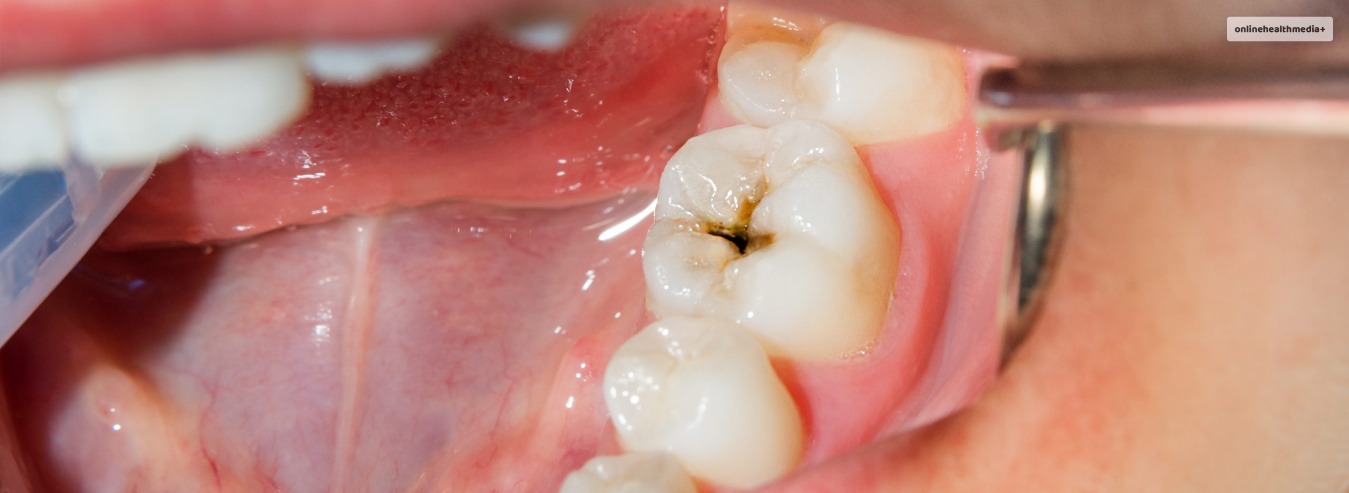What Does A Cavity Look Like? – All Signs And Symptoms
Do you know what does a cavity look like?
A cavity is a hole in your tooth. If left untreated, the cavity will continue to spread from the tooth’s surface toward the dentin (the bone tissue below the outer enamel) and the tooth’s nerves. A cavity might become quite uncomfortable at that point (see below). Additionally, an abscess, which is a pocket of pus around inflamed tissue, might develop if it gets infected.
One tooth may contain many cavities. Additionally, even baby teeth can develop cavities in your mouth. Cavities may affect everyone, from young children to elderly people. Therefore, read this post to learn more about cavities and learn what it looks like to identify them.
Contents
Causes Of Cavity
There are various reasons why you might suffer from a tooth cavity. Most of these are related to not caring for your teeth, including not brushing (in the right way). However, there are three steps involved in cavity formation. Therefore, to know what does the start of a cavity look like, you must learn how it forms.
1. Plaque Formation
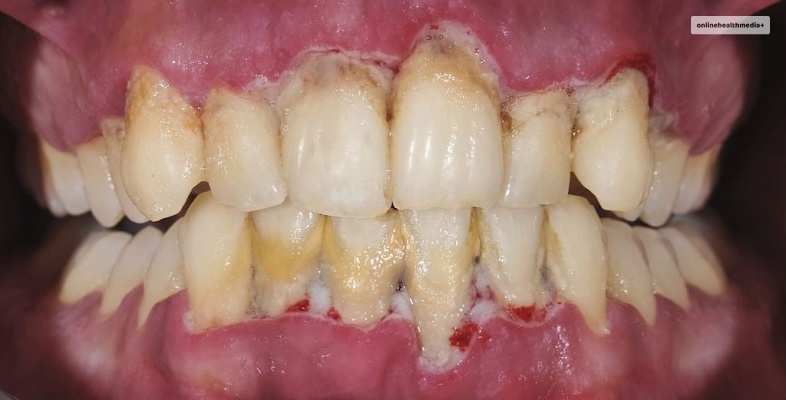
When you consume a lot of sweets, particularly carbohydrates, and neglect to properly brush your teeth, the regular oral bacteria in your mouth feed on the sugars, causing plaque to build on your teeth. Plaque is a transparent, somewhat sticky coating. If you hadn’t brushed your teeth in a while, you could have felt it on your teeth.
When plaque turns into tartar, also known as calculus, it becomes more difficult to remove and serves to protect the germs that initially form plaque. Plaque can also penetrate the gum line and lead to periodontitis or gum disease.
Read More: Best Practices for Healthy Teeth
2. Plaque Invasion
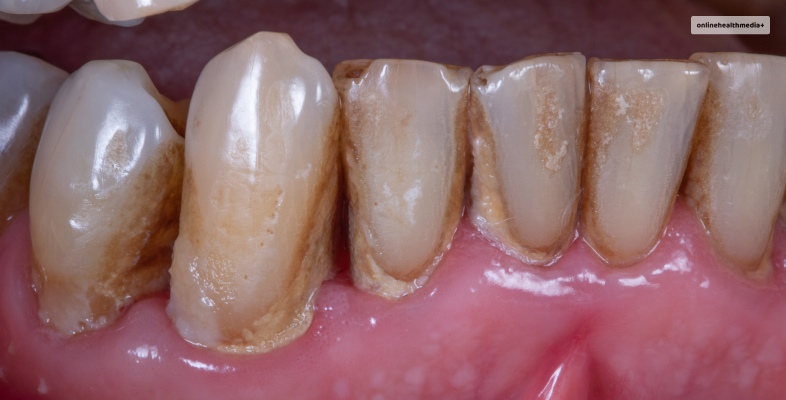
The minerals in enamel, the tough outer layer, are eaten away by a plaque on the tooth’s surface. The earliest kind of cavity is tiny holes that occur in the enamel. This is the answer to what does a small cavity look like. Plaque bacteria and acids have an easier time advancing toward the dentin as a result. The nerves under the dentin are connected by tiny tubes. Because of this, tooth sensitivity frequently identifies this stage of cavity formation.
3. Continued Tooth Decay
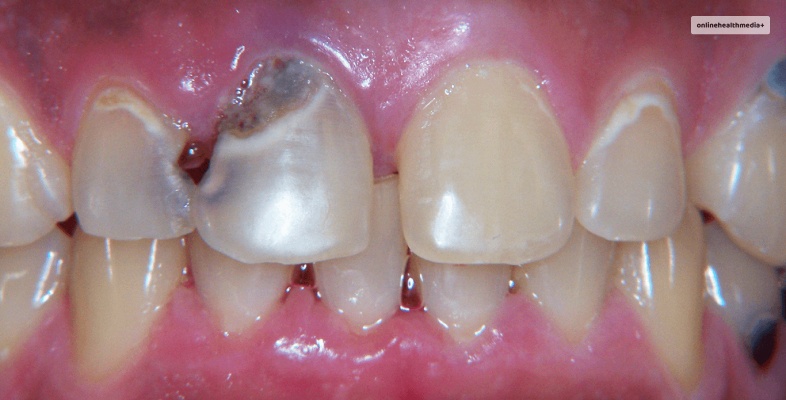
If nothing is done, tooth erosion will eventually reach the pulp, which is the deepest component of the tooth. All of the blood vessels and nerves are located here. The pulp may swell and become irritated if bacteria are present. The swelling’s pressure causes excruciating nerve agony. Even the bone above or below the tooth might experience discomfort at this point. This is the answer to what does a bad cavity look like.
What Does A Cavity Look Like?
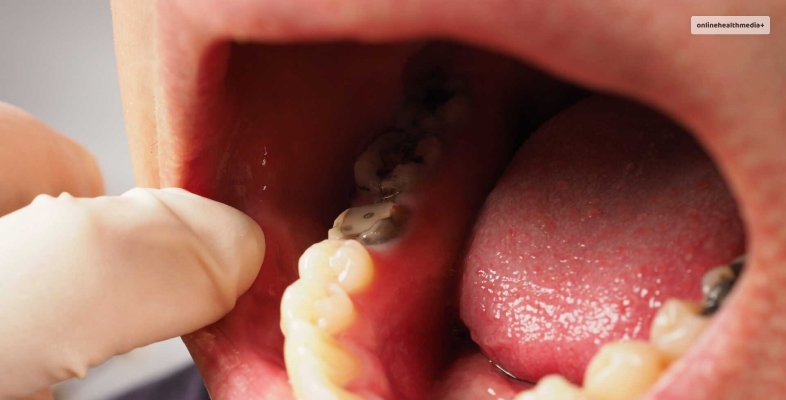
Each dental patient’s mouth has a somewhat varied appearance of cavities. To detect them, we may need to look at the teeth extremely slowly and attentively or even utilize x-rays. As additional cues regarding where to seek, we also use the patient’s symptoms (see below).
A cavity frequently appears as a dark area on the tooth, usually one that is yellow, brown, or black in hue. Early on, it could resemble tooth discoloration or a small stain. The cavities get larger and often darken as they develop.
It might be challenging to detect a cavity in your own mouth. When examining patients, even dental experts frequently require the use of a mirror. However, you could detect a hollow. Dental cavity issues frequently coincide with symptoms. Some of the symptoms of the cavity are:
- Sensitivity of the teeth, particularly to cold or heat
- Pain (maybe extreme)
- Swelling of the jaw or mouth
- Bleeding or swollen gums
- Having trouble chewing (may cause weight loss and malnutrition)
- Gums or teeth that are pussy (indicates an infection or abscess)
- Tooth loss, fracture, or chipping
- A visible or palpable pit or crater on a tooth
- A tooth with a soft or “boggy” area
- A tooth with dark dots
- Persistent poor breath or a disagreeable aftertaste
How To Treat Cavity?
What does a cavity look like on a tooth? It looks pretty disgusting and painful, right? That’s because it is disgusting and painful. There are only two ways to treat a cavity – either you remove the tooth with the cavity entirely, or you get a tooth filling.
Step 1. Removing Infected Tooth
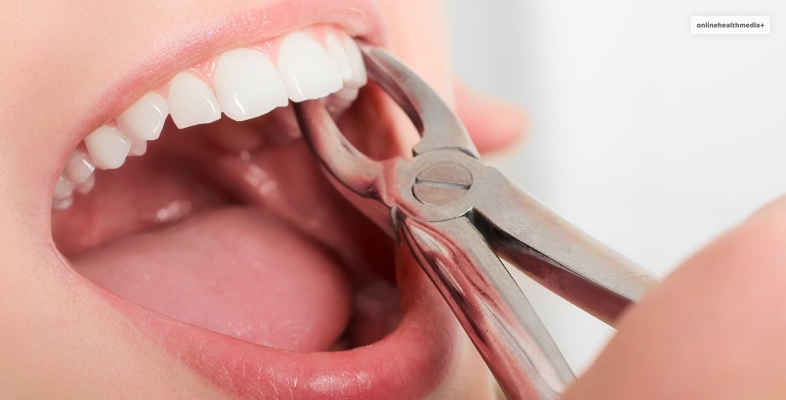
Sometimes we have to extract a tooth if a cavity has ruined too much of it – exactly like how do cavities look like. Additionally, we frequently decide to extract a baby tooth if it has a significant cavity and is about to fall out. Generally speaking, though, we work to save what’s left of the tooth since it’s less painful, cheaper, and healthier for your bite and oral structure.
Step 2. Tooth Filling

Therefore, fillings are used to treat the majority of cavities. The variety of filling materials accessible to dentists today means you may choose one that meets your cosmetic and economic needs, including being covered by dental insurance. These are the resources that are available to us.
The dentist first makes the region around the tooth painfully numb before placing the filling. After that, a delicate dental tool is used to remove the decaying portion of the tooth. The region is then cleansed, and the nerve may occasionally be covered with protection. If the infill is a composite one, it might require curing for a short while after installation. The filler is then polished and trimmed as a final process.
Read More: Why Should You Consider Whitening Your Teeth
Frequently Asked Questions! (FAQ):
Some of the most frequently asked questions by people who wish to understand what does a cavity look like are:
Ans: No, a cavity cannot go away on its own. This is because a cavity is a form of tooth decay brought upon by bacteria. Therefore, once a part of your tooth decays, it won’t go away on its own.
Ans: No, you cannot reverse a cavity. Once the tooth decay caused due bacteria sets in, it’s impossible for that tooth to go back to how it was before. You either need to get that tooth removed or have it hallowed out and get a filling in.
Ans: When a cavity sets in first, it’s difficult to realize it because it’s typically not painful at first. However, as the tooth decay grows, so will the pain, bad breath, and tooth sensitivity. When the latter three symptoms become overwhelming (or start to), it’s time to visit your dentist.
Conclusion
If you want to learn what does a cavity look like, then it looks like a black spot on your tooth. This spot is filled with bacteria that is slowly eating away your tooth and decaying it. Cavities are typically painful and can spread from one tooth to another if not treated early on.
Therefore, take care of your teeth to prevent cavities. You can try to have a healthy diet devoid of junk food, along with brushing your teeth twice daily.
If you have a cavity in your tooth, then share your experiences in the comments below!
Read Also:
- 13 Tips To Keep Kids’ Teeth Healthy
- 9 Foods That May Damage Your Teeth
- More Than Teeth: How Dentists Handle Your Dental Information
